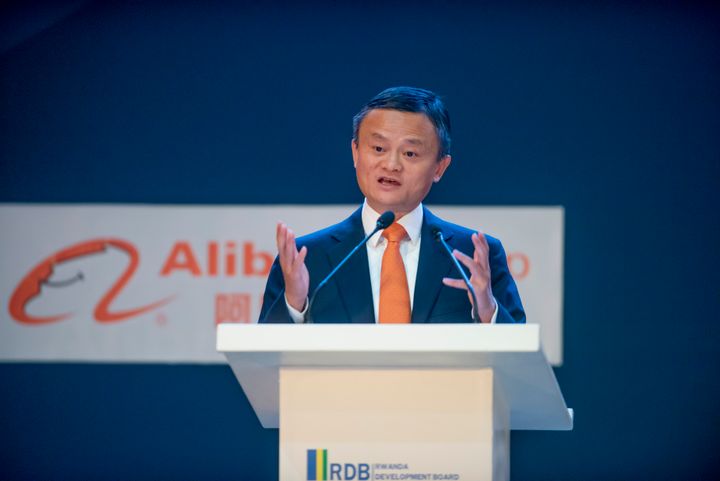Alibaba's Shares Surge 6% Following Earnings Report

Alibaba's U.S.-listed shares rose six percent after the tech giant’s reported earnings for its fiscal third quarter surpassed expectations.
Chinese e-commerce giant Alibaba saw revenue increase up to 247.76 billion Chinese yuan ($35.92 billion), leading to a 2% rise compared to the previous year, CNBC reported.
The company’s earnings per American depositary share reached 19.26 yuan, totaling a 14% increase.
Alibaba had a 69% year-on-year jump in net income which equals 46.82 billion yuan ($6.7 billion).
The value of Alibaba has fallen by around $600 billion since its peak in October 2020 due to a stricter regulatory environment on tech companies in China, as well as stringent COVID-19 control policies and subsequent economic slowdowns that have affected the e-commerce company.
China lifted its strict controls, such as lockdowns, in December, but the impact may not be fully reflected in the quarter's results.
At the same time, China's regulatory tightening over the past two years is starting to ease, with more predictable enforcement of the rules.
The company’s shares in Hong Kong closed higher on Thursday before the earnings announcement, as investors expect China's economic reopening to improve consumer sentiment and spending, ultimately benefiting Alibaba.
“Looking ahead, we expect a continued recovery in consumer sentiment and economic activity,” Daniel Zhang, CEO of Alibaba, said in a press release on Thursday, Feb. 23.
Alibaba, facing a slowdown in its China operations, has been pursuing growth in overseas markets by expanding its Southeast Asia subsidiary Lazada and its global e-commerce platform AliExpress. In the latest year, international commerce revenue increased by 18%.
The company has also implemented measures to control costs and improve profitability, without having to give up investments for long-term growth.
“To capture market opportunities” Alibaba started working on ChatGPT-like technology that could be integrated into its products, “into business around consumption, around user experience, content generation to drive higher advertising effectiveness.”



